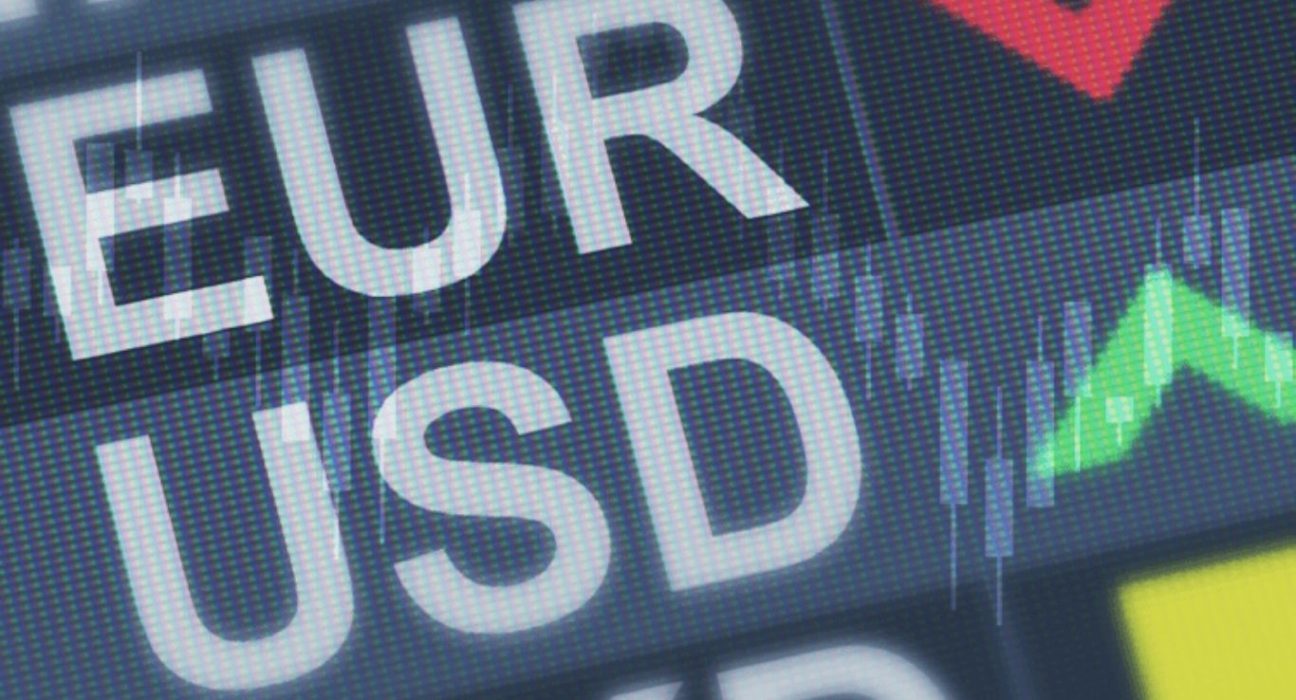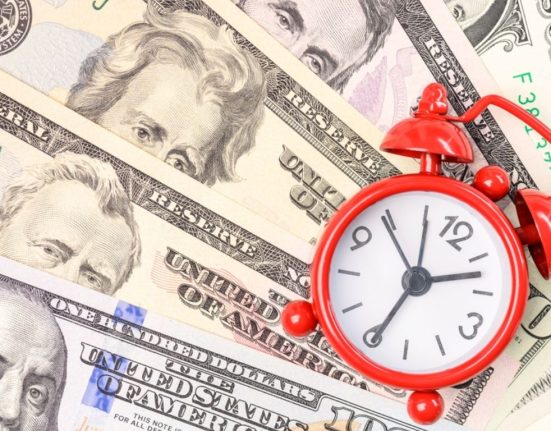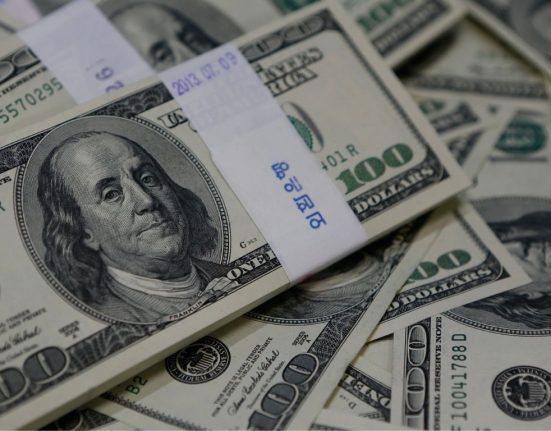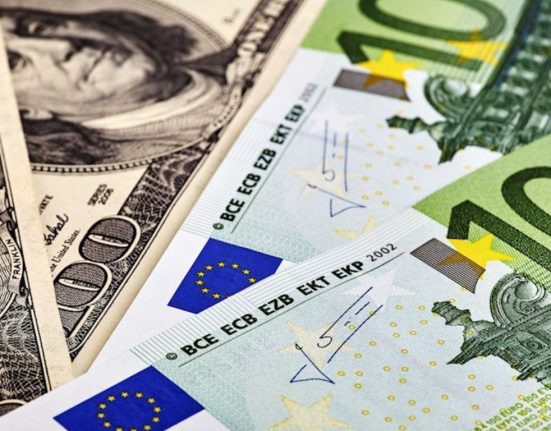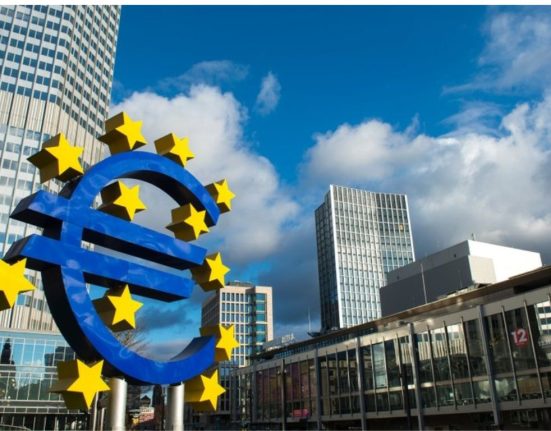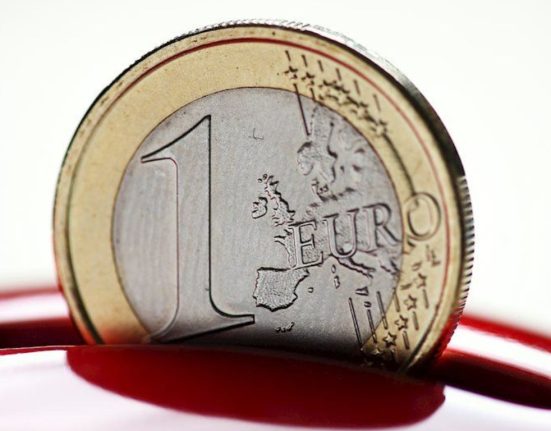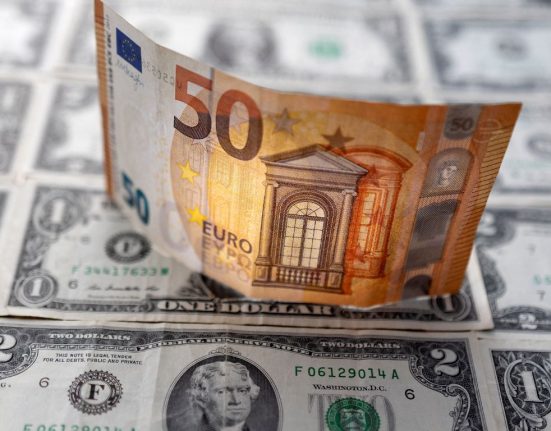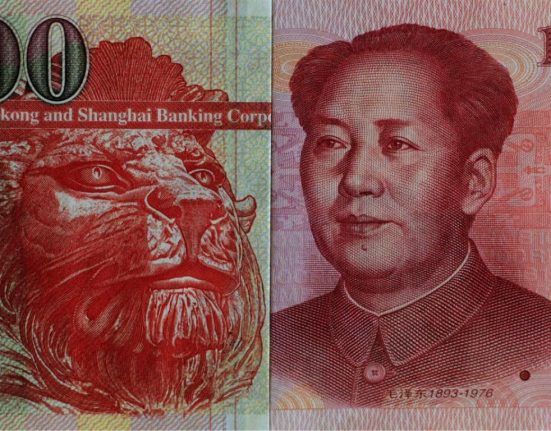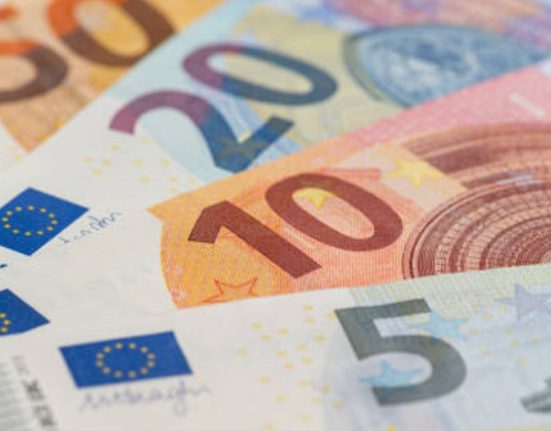The EURUSD exchange rate is a measure of the value of the euro against the US dollar. The exchange rate is affected by a variety of factors, including macroeconomic factors, political developments, and market sentiment. Understanding these factors is essential for traders and investors who are looking to make informed decisions about buying or selling the EURUSD currency pair.
One factor that influences the EURUSD exchange rate is economic data. Economic data from the Eurozone and the United States, such as gross domestic product (GDP), inflation, and employment figures, can affect the exchange rate. When economic data is positive, it can boost the value of a currency, while negative economic data can lead to a decline in a currency’s value.
Political developments can also impact the EURUSD exchange rate. Political uncertainty, such as Brexit or the recent US presidential election, can cause volatility in the markets and affect the exchange rate. Political stability and policy decisions, such as interest rate decisions made by central banks, can also impact the exchange rate.
Market sentiment, or the overall attitude of traders and investors, can also influence the EURUSD exchange rate. If investors are optimistic about the Eurozone’s economic prospects, they may be more likely to buy euros, which can lead to an increase in the EURUSD exchange rate. Similarly, if investors are pessimistic about the US economy, they may sell US dollars, which can lead to a decline in the exchange rate.
EURUSD Exchange Rate Performance
Over the past year, the EURUSD exchange rate has been relatively stable, trading in a range between 1.0800 and 1.2300. In March 2020, the exchange rate fell sharply, reaching a low of 1.0636, as the COVID-19 pandemic caused significant disruption to the global economy. However, the exchange rate recovered quickly, rising above 1.2000 in December 2020.
In 2021, the EURUSD exchange rate has continued to trade within a range. The exchange rate rose above the psychological 1.1000 level in May 2021, but the euro bulls appeared to have hit a roadblock at the 1.1100 resistance. The resistance level has held firm, with the exchange rate falling back below 1.1000 in the following weeks.
Conclusion
In conclusion, the EURUSD exchange rate is influenced by a variety of factors, including economic data, political developments, and market sentiment. Traders and investors should stay informed about these factors in order to make informed decisions about buying or selling the EURUSD currency pair.
Over the past year, the EURUSD exchange rate has been relatively stable, trading in a range between 1.0800 and 1.2300. The exchange rate rose above the psychological 1.1000 level in May 2021, but the euro bulls appeared to have hit a roadblock at the 1.1100 resistance. It remains to be seen whether the exchange rate will break through this resistance level or whether it will continue to trade within its current range.
